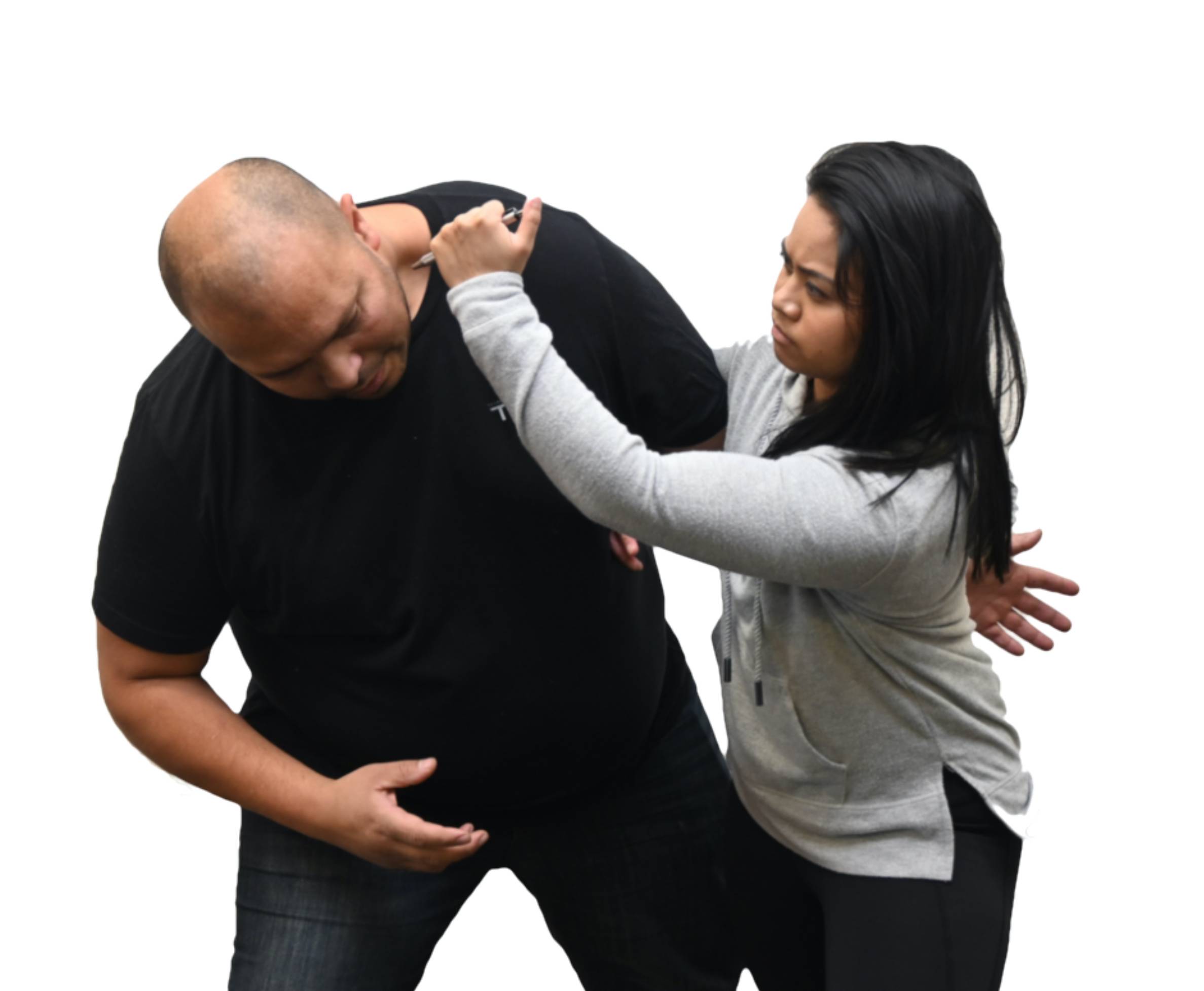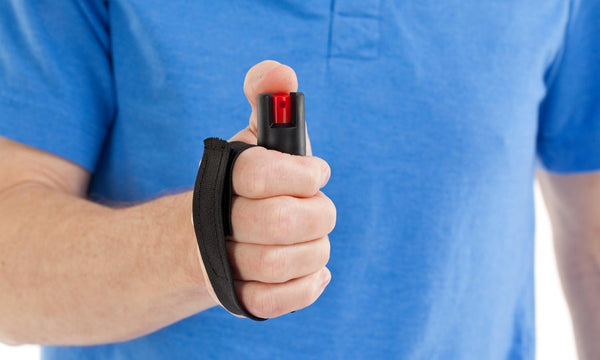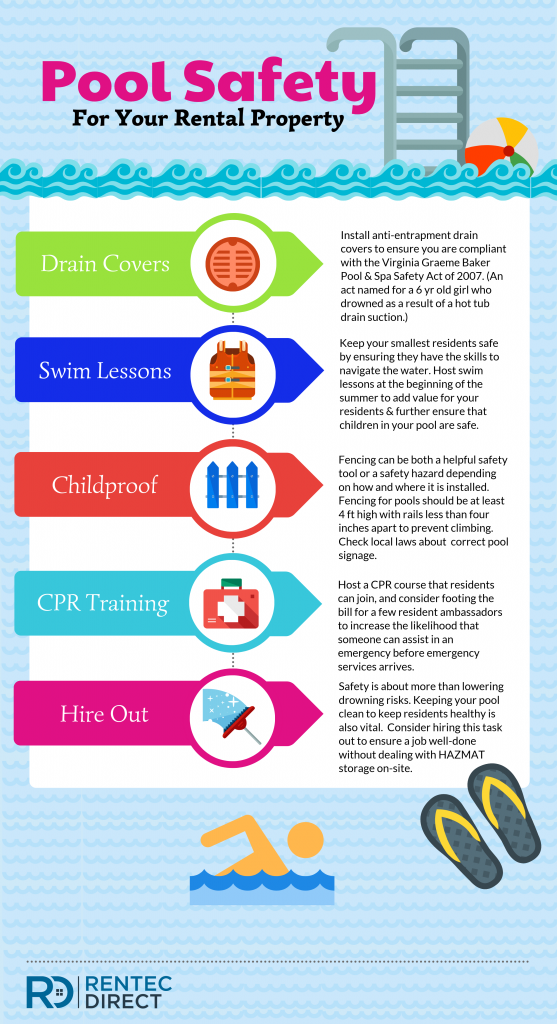
There are many non-lethal weapons that can be used for self-defense. You have the option of pepper spray, tactical pens, stun guns, or batons. Each one has their own benefits and disadvantages, so it is important to choose the right one for your needs.
Stun guns
People who are concerned about their safety can use stun guns as a non-lethal form of self-defense. They can be carried in your pocket or purse and can be used to incapacitate an attacker. You can find many kinds of stun guns. Some even have flashlights built in.
Stun guns produce a high-voltage, electric shock that can cause disorientation. It can also lead to loss of balance and difficulty moving. They are designed to be applied with direct contact to a person's body, and have electrodes that send shocks through their skin. You can disguise some stun guns as cell phone cases, flashlights or fake cell phones.
Pepper spray
Pepper spray is a nonlethal self defense weapon that contains Oleoresin Capsicum. The pepper spray is effective against attackers. If used correctly, pepper spray can temporarily blind attackers and incapacitate them up to 45 min. It can also cause extreme discomfort, and can leave a victim unconscious. Pepper spray used in law enforcement is often stronger than what is allowed for people to carry. Other non-lethal chemical weapons include mace.

Pepper spray conceals well and can be used to cover up a wide range of situations. The pepper spray can be used up to a 10 foot range and it will only take about 20 sprays before it runs out. It can also be carried in areas where firearms aren't allowed.
Batons
Batons are a cheap and effective way of defending yourself against an attacker. They can be used for blocking attacks, sweeping an attacker's legs under them, and even breaking windows to escape. They can be used to block attacks, sweep an attacker's legs out from under them and even break windows to escape. However, they can be quite easy to use but require some training. Batons can cost up to $100, but there are many inexpensive models available for under $50.
A police baton won't kill an attacker but can inflict deadly force. The police baton may not be an effective weapon for non-lethal self defence. If used properly, however, a police baton could save a life.
Tactical pen
You can carry tactical pens with you anywhere. They are highly durable and will pass security screening. However, it is important that you know how to use your pen in self defense. Practice various techniques with your tactical pen to help you learn how to use it.
The best thing about a tactical pen? It can be used quickly in an emergency situation. For instance, you can use it to break a glass, which can be a great deterrent for an intruder. The great thing about this item, is that it won't be perceived as a danger to anyone. You can even use it to write down the license plate of a vehicle that is approaching you. Once you are proficient in the use of a tactical pen it will be an integral part of your self defense routine.

Self-defense classes for physical and mental health
The best course for learning non-lethal self defense skills is physical self defense classes. According to U.S. Department of Justice over one million violent crimes, home invasions took places in 2017. You can avoid becoming a victim by being prepared. This includes knowing how to choose your self defense weapon.
A variety of weapons are available for self-defense classes. The type of attack and threat you are facing will dictate which weapon is most effective. You can also carry different types of self defense weapons depending on the laws in your jurisdiction. Although firearms are the most popular self-defense weapon, many jurisdictions have strict rules about how they can be openly carried. Other options for non-lethal self defence include batons and knives, as well as newspapers.
FAQ
Is it legal to give a stungun to a child.
It all depends on the child's age.
Below 18: No.
18 years and older:
When giving a stun gun to a minor, you must ensure they understand the dangers of carrying one.
They should only use it with adult supervision.
What is the best place to practice self-defense?
Your backyard is the best place to practice self defense. If you don't have enough space you can still practice elsewhere.
You could practice in an empty parking lot, park, or even in your living room. You just need to be alert and keep your eyes wide open.
It is very dangerous to practice alone. Always practice alongside a partner.
What are some self-defense tips for women?
You must be able to quickly react to threats when practicing self-defense. This means that you should be prepared for anything.
One of the best things you can do is to train with a friend. Training with a friend allows you to practice together and improve your technique.
Another tip? Practice with something heavy. If you are being attacked, you will be more likely hit hard by your attacker if you are holding something heavier.
Can I legally possess a stungun?
Yes. You will need a permit from the state.
You must complete an application form to apply for a permit and pay a fee.
You must keep your permit visible once you have received it (like your wallet).
If your permit is lost, you will have to start the process over again.
Statistics
- Verbal harassment was the most common form, but 51 percent of women said they were touched or groped in an unwelcome way, while 27 percent of women survived sexual assault. (healthline.com)
- Boxers aren't allowed to fight in a clinch, which is a position that occurs in 80% of the streetfights. (mmaclan.com)
- The Rape, Abuse & Incest National Network reports that 70 percent of sexual violence cases aren't committed by random strangers in a dark alley but by people we know: friends, family, partners, co-workers, etc. (healthline.com)
- Saying this, Self defense 101 would be the importance of situational awareness, which can never be replaced by the finest of martial arts, because it is this that would help you to avoid any likely attacks in the first place. (worldofselfdefense.com)
External Links
How To
What type of self defense should I learn?
Self-defense is a broad term that covers a wide range of options. There are many forms of self defense that you can learn. These are the most popular:
-
Boxing – Boxing is a great option for self-defense as it trains you how to fight with your hands. While most people think only men can box, many women can. There are many methods that women can learn to box, including private lessons or gym memberships.
-
Wrestling - Many people believe that wrestling isn't a real sport, but it actually is. In fact, it was once considered the national pastime of America. It is possible to learn wrestling online, through gyms, or in private lessons.
-
Jujitsu (Jujitsu) - Jujitsu helps you defend yourself using your own body weight. It is very easy to learn. You will improve your balance and coordination.
-
Kickboxing - Kickboxing is similar to Muay Thai, except that it uses kicks instead of punches. It's a full contact combat sport, which doesn't require any rules. It is an easy sport to learn and a good option for beginners.
-
Tae Kwon Do – TKD - Tae Kwon Do is a Korean Martial Art that combines elements karate, taekwondo and jujitsu. It is a great way to learn about self defense without worrying about hurting your opponent.
-
Mixed Martial Arts – MMA is a mix of different martial arts. It is a combination of Judo and Brazilian Jiu Jitsu as well as Judo, Boxing Wrestling and Wrestling. It's one of the fastest growing sports today because it's so effective.
-
Karate - Karate, a Japanese martial art, focuses on kicking techniques. It's been around for hundreds of years and has evolved over time. There are many types of karate today. Each style has its own unique moves, and training methods.
-
Knife Fighting- Knives can be used to defend yourself. It doesn't matter how close you are to your attacker to stab them. You just need to know how to handle a knife defensively.
-
Pepper Spray – Pepper spray is a non lethal weapon that can either help you escape an attack, or prevent an attack from happening. Pepper spraying attackers is not recommended as they can be easily burnt.
-
Firearms - The last line of defense against an attacker is to shoot them. Law enforcement officers or trained civilians usually do this.
-
Self-Defense Classes - A self-defense class is a good way to learn all of these skills in a single place. They typically cover everything from grappling to shooting.
-
Combative Sports – Another option is to participate in combative sports such as mixed martial arts fighting, kickboxing or amateur wrestling. These sports require you to practice hard and be disciplined.
-
Martial Arts Schools-If you are serious about learning martial arts, then you should enroll in a school that teaches it. Some schools also offer weapons training classes.
-
Online Courses – There are many resources that you can also access for free. 15) Books – Finally, you might find some books useful. Alan Peppard's "The Complete Idiot's Guides To Self Protection" book covers all of the mentioned topics.
-
Be Confident in What You Know. Before you try to learn something new or learning anything else, first make sure that you are familiar with the basics. You will avoid making errors that could be detrimental to your health.
I think I'm going to try out my hand at this whole self-defense thing. I have always wanted to learn how fight, but never felt the desire to actually do it. As I get older, I may as well take care of myself and not rely on others.
I've decided to start off slow and see where things go from there. I am thinking about joining the local gym to get started with weight training and such. I'm still considering whether I should get a gun.